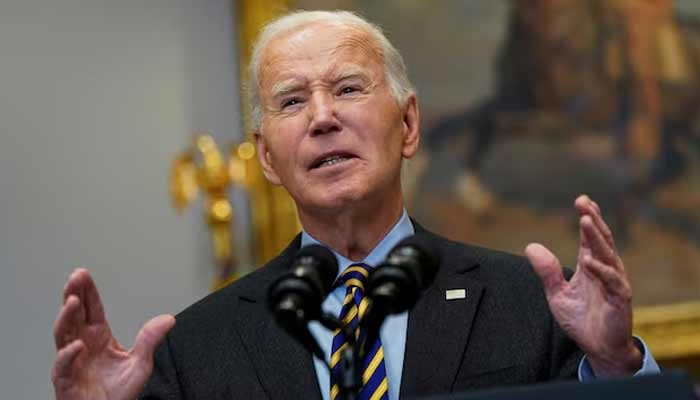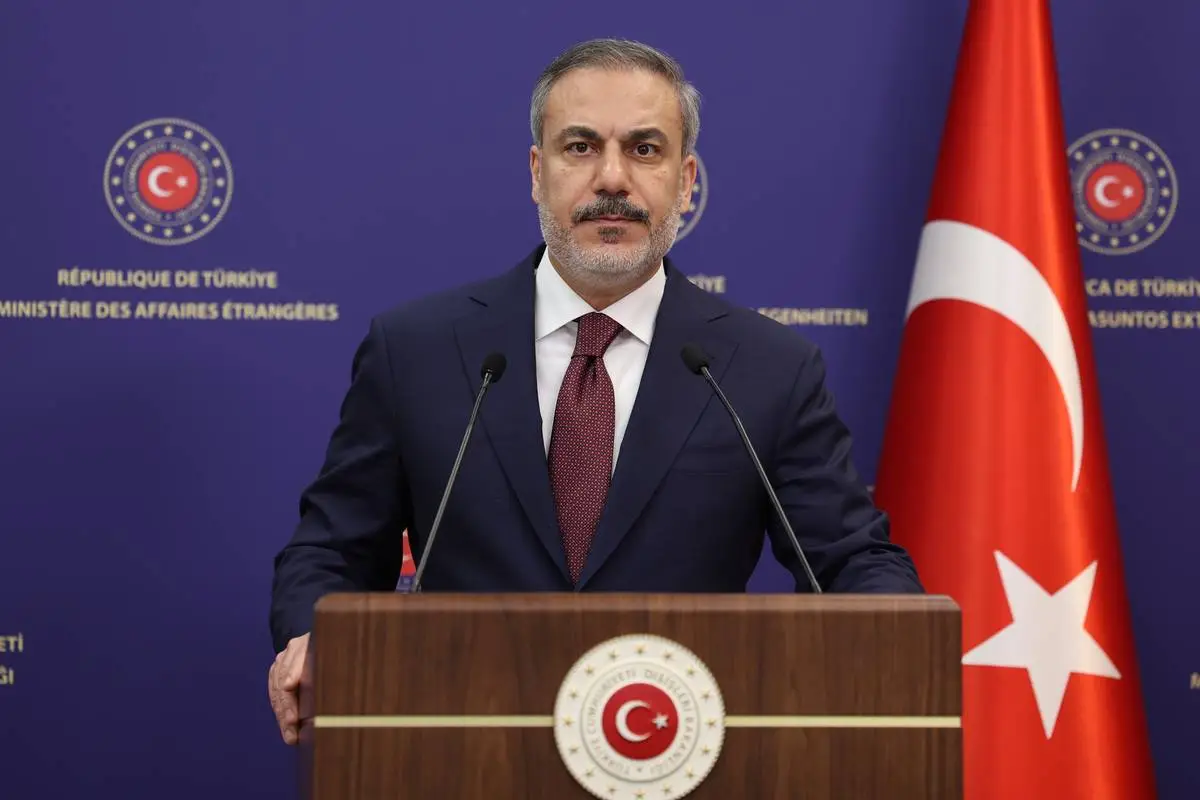Former US President Joe Biden’s prostate cancer diagnosis has drawn widespread attention as the 82-year-old leader undergoes radiation and hormone therapy to treat the aggressive form of the disease. Biden’s medical team confirmed that the treatment aims to control the cancer, which was discovered earlier this year after it spread to his bones.
“As part of a treatment plan for prostate cancer, President Biden is currently undergoing radiation therapy and hormone treatment,” his spokesperson said on Saturday.
Joe Biden’s Prostate Cancer Diagnosis
In May, doctors diagnosed Joe Biden’s prostate cancer after he experienced urinary symptoms and a prostate nodule was detected during a medical examination. Further tests revealed that the cancer had metastasized, meaning it had spread beyond the prostate gland — a serious but treatable condition if managed promptly.
Biden, known for his resilience in the face of personal and political challenges, spoke publicly about his diagnosis on X (formerly Twitter): “Cancer touches us all. Like so many of you, Jill and I have learned that we are strongest in the broken places.”
His openness reflects his lifelong advocacy for cancer awareness and research. Biden’s personal connection to the disease dates back to 2015 when his son, Beau Biden, died of brain cancer — a tragedy that deeply shaped his commitment to advancing cancer treatment through initiatives like the “Cancer Moonshot” project.
The Treatment: Radiation and Hormone Therapy
The prostate cancer treatment plan for Joe Biden includes two standard approaches — radiation therapy and hormone therapy. Radiation therapy uses high-energy rays to target and destroy cancer cells, while hormone therapy reduces testosterone levels, which prostate cancer cells rely on to grow.
According to the American Cancer Society, hormone therapy is not a cure but can significantly slow tumor growth and improve quality of life, especially when used in combination with radiation.
Medical experts explain that hormone therapy can help shrink tumors and relieve symptoms in cases where cancer has spread. While it may cause side effects such as fatigue and mood changes, it remains one of the most effective non-surgical options for managing advanced prostate cancer.
Prostate Cancer Among Men: A Growing Concern
Prostate cancer is the most common cancer among men in the United States and one of the leading causes of cancer deaths. The American Cancer Society estimates that about 299,010 new cases of prostate cancer will be diagnosed in 2025, and nearly 35,000 men will die from the disease.
It is particularly prevalent among older men — research suggests that up to 80% of men over the age of 80 have some cancerous cells in their prostate gland. The risk increases with age, family history, and certain genetic factors.
However, the survival rate for prostate cancer is encouraging when it is detected early. The five-year survival rate for localized or regional-stage prostate cancer is nearly 100%, underscoring the importance of regular screenings and early diagnosis.
Joe Biden’s Health and Public Life
Joe Biden’s prostate cancer battle has naturally reignited discussions about the health and age of political leaders. At 82, Biden remains one of the oldest presidents in American history. His health became a major topic during the 2024 election campaign, where concerns about his stamina and physical decline were widely discussed.
In July 2024, following a poor debate performance against Donald Trump, Biden announced his decision to withdraw from the presidential race and endorsed Vice President Kamala Harris as his successor. Despite stepping back from politics, Biden’s ongoing health updates continue to draw public interest due to his long-standing influence on American politics.
The Broader Message on Cancer Awareness
Biden’s transparency about his prostate cancer has sparked renewed national attention on the importance of cancer prevention, screening, and treatment. His story serves as a reminder that cancer can affect anyone, regardless of position or power, and that early detection can save lives.
Organizations such as the Centers for Disease Control and Prevention (CDC) recommend that men over 50 — or earlier for those with family histories of prostate cancer — discuss screening options with their healthcare providers. Regular PSA (Prostate-Specific Antigen) tests remain a key tool for early detection.
Outlook and Recovery
While prostate cancer can be life-threatening in its advanced stages, advancements in treatment have significantly improved outcomes. Biden’s ongoing combination of radiation and hormone therapy aims to control the disease and prevent further spread. With proper management, patients in similar stages often experience meaningful recovery and maintain an active lifestyle.
The case of Joe Biden’s prostate cancer underscores both the progress and challenges in modern cancer treatment. His decision to share his journey publicly not only humanizes a global leader but also raises critical awareness about a disease that affects millions of men worldwide.
By prioritizing early detection, regular screenings, and continued research, society can take significant strides toward reducing the impact of prostate cancer. As Biden continues his treatment, his resilience and openness continue to inspire those facing similar battles, reminding the world that even in the toughest fights, there is hope, strength, and the possibility of healing.



